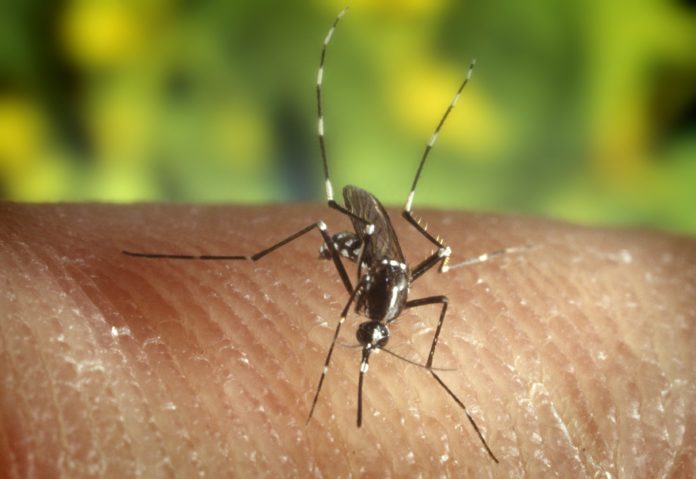Second infection with Zika and Dengue may not be as virulent, finds new study in monkeys
An initial infection with dengue virus did not prime monkeys for an especially virulent infection of Zika virus, according to a new study.
Nor did a bout with Zika make a follow-on dengue infection more dangerous. This is contrary to the long held belief that repeat infections by either of the two viruses may be lethal.
Many outbreaks in recent years made Zika virus a pressing public health concern, the Zika virus’s close similarity to dengue presented the possibility that one infection may exacerbate the other. Both the viruses are transmitted by the Aedes aegypti mosquitoes and can cause similar symptoms, including fever, rash, and joint and muscle pain.
“For the animals that were experiencing a secondary Zika virus infection after primary dengue infection, their viral loads were almost indistinguishable from animals that were only ever infected with Zika.”
Studies in tissue cultures and mice of back-to-back Zika and dengue infections have suggested that the two members of the Flaviviruses could interact to enhance each other, thereby making the second infection more dangerous.This new study however, appeared to contradict those tissue culture and mouse findings. Flaviviruses also include West Nile virus and yellow fever.
The study of 21 macaque monkeys, in which animals infected with one virus were challenged with another within nine to 12 months, supports the human epidemiological results.
“Whether it was a primary infection with one of the dengue serotypes followed by a Zika infection, or Zika first with a later dengue infection, we didn’t see anything unusual in those secondary infections,” said UW-Madison pathology research specialist Meghan Breitbach, also an author of the study.
Monkey weights, body temperatures, red and white blood cell counts, liver function and markers of cell damage did not stray significantly from typical infection levels.
Christina Newman, study author and UW-Madison scientist in Pathology and Laboratory Medicine said, “For the animals that were experiencing a secondary Zika virus infection after primary dengue infection, their viral loads were almost indistinguishable from animals that were only ever infected with Zika.”
Findings were published in the journal PLOS Pathogens.
Zika’s most visible and troubling results are neurological problems in babies whose mothers were infected during pregnancy, though those complications vary widely. A UW-Madison study of pregnant monkeys encountering both viruses is underway which could soon help describe whether back-to-back infections are more dangerous for the monkeys and their offspring.
Newman added, “But as we learn more about people whose infections come two or three years apart, we may see we need to combine a Zika vaccine with a good vaccine against all four serotypes of dengue virus to prevent enhancement of either virus.”


